Back in 2009, Australia’s Queensland Tourism began an advertising campaign for “The Best Job in the World” which sought applicants for a caretaker job, earning AU$150,000 to live a year on Lady Elliot Island in The Great Barrier Reef. Thousands of applicants tried for the job but it was eventually won by (then) 34-year old, British lad Ben Southall. During Ben’s time on the island he maintained a blog and began documenting the sea life surrounding the island. Working with Underwater Earth, Ben took some beautiful images and footage during his time and learnt a great deal about shooting underwater. He has written a number of blogs on the subject and we managed to to find the best 10 tips (we believe) Ben gave for shooting underwater (you can read his blogs here & here).
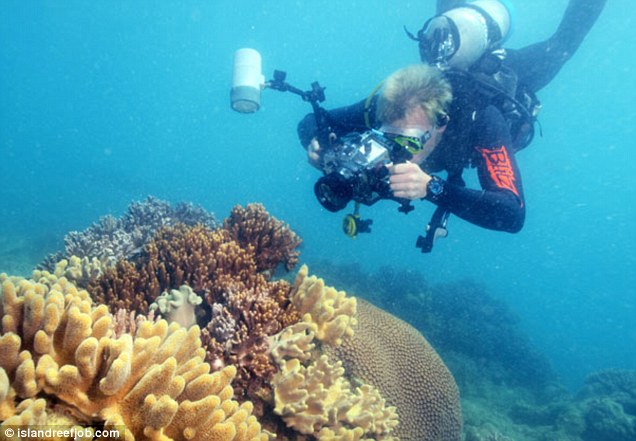
1. Take away the blurriness.
“Don’t assume your GoPro is ready to shoot video underwater. There’s a difference between the HERO3 and the earlier models. If you’ve got a HERO or HERO2 you will need an aftermarket flat lens as the standard GoPro housing won’t focus underwater.”
Also, “Sometime the best photos can be ruined by a mischievously positioned air bubble. If you spray the outside of your camera lens or port with the same liquid that’s used to stop your mask fogging up, any air bubbles trying to hitch a ride on your camera will be miraculously sent to the surface where they belong.”
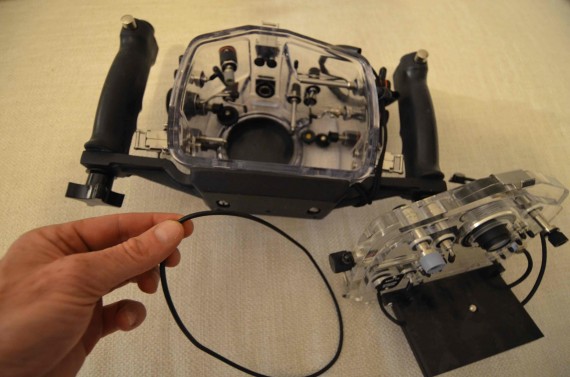
(image: Ben Southall)
2. Maintain your Gear
“You spend your hard-earned wages on a beautiful new camera and then on the first dive you flood it. Not cool. Water and electronics don’t mix very well.
Whether you’re using a waterproof compact camera or an SLR in an expensive housing, make sure that EVERY time you head underwater you thoroughly check the seals for any sign of dust, dirt, sand or stray hairs.
Buy a tube of silicon grease and apply a light coating to any seal. Water will find its way past the smallest obstruction when under pressure and this is the best way to stop it.
Rinse your camera gear off with fresh water after every dive. Never let salt water dry on your equipment.”
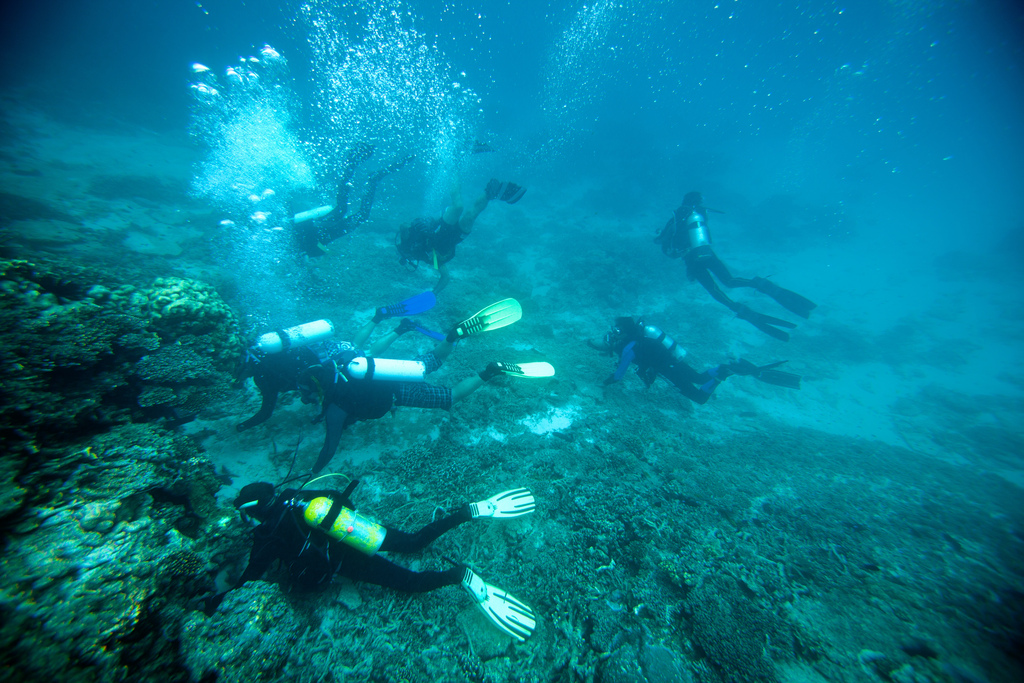
(image: Queensland Tourism)
3. Stay shallow to capture the best colour.
“If you dive or snorkel in the first five metres of water the full spectrum of colour remains, eliminating the need for a flash. Try swimming the shallower reefs and you’ll find a mass of marine life hangs out here. On a sunny day an entire kaleidoscope of colour bursts out at you!
Water absorbs light very quickly, and the most common complaint from underwater photographers is the dull blue-grey hue of their images. Colour is lost the deeper you dive — reds for instance, are the first to go.
If you stay above five metres deep you’ll retain almost 100 per cent of the vibrant, natural colour that coral reefs and tropical fish are made of. Below five metres you’ll need to add a colour correction filter to bring back the red part of the colour spectrum that depth removes.”
“For close-up subjects below 20 metres you’ll need to add a wide-angle video light to your setup. This will bring the saturated colour back to life in your video.”
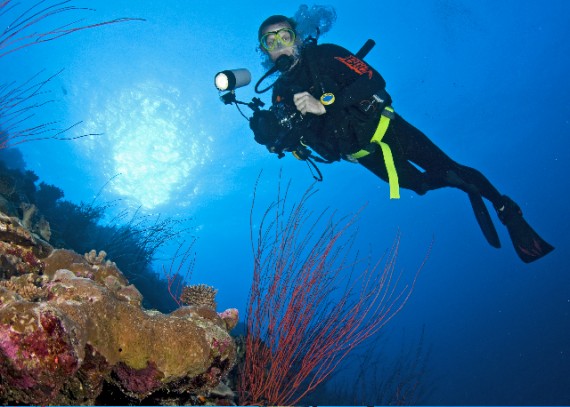
{image: Ben Southall)
4. Use the sun to your advantage.
“Always try and shoot with the sun behind you, it will help to lighten your subject and bring the full colour spectrum back to your video. On the flip side, it’s sometimes nice to have the sun’s rays punching through the water to add that solar flare effect.”
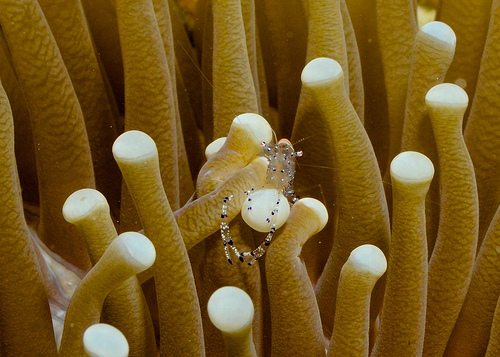
(image: Ben Southall)
5. Get close… then get closer!
“GoPros are designed to shoot the widest angle possible in order to catch all the action. When you’re underwater that’s great, until you want to get a close-up of something. Steadily approach your subject until you’re almost on top of it. Sometimes this can take real patience, you get too close and your subject swims away. Perseverance pays off. Removing the amount of water between the camera and the subject will mean a clearer, sharper, and more colourful image.”
6. Steady as she goes.
“Ensure you’ve got your camera connected to something, not just held in your hand; be it a wrist strap, secured to a mount or even locked onto a tripod. That way you’ll be able to watch your footage rather than struggling to recover your GoPro from the ocean floor!”
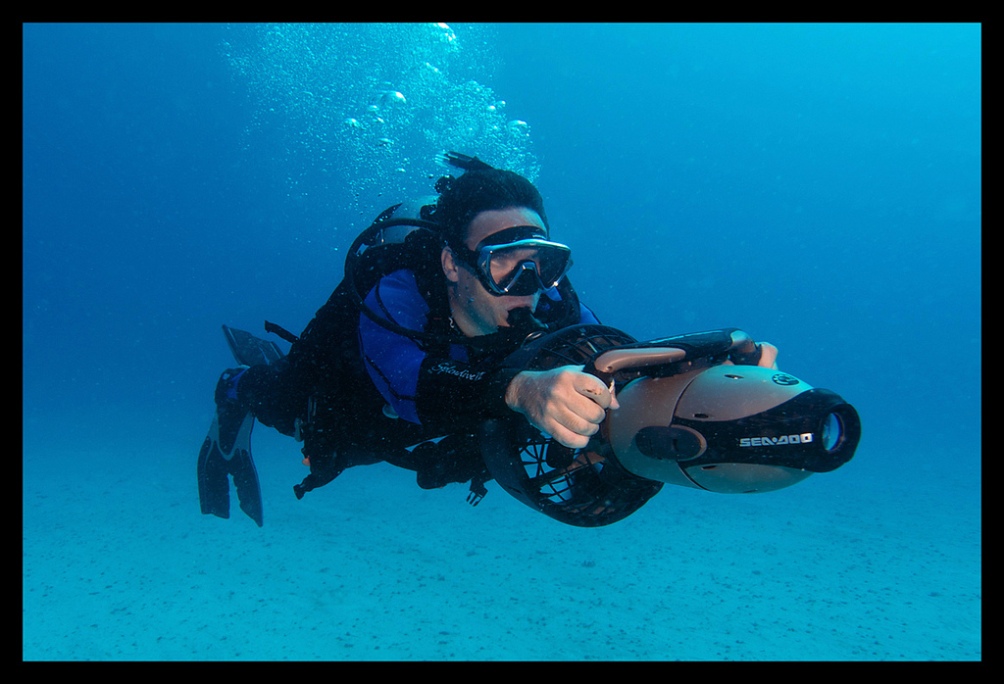
(image: Underwater Earth)
7. A photographer already?
“Why not mount your GoPro onto your current camera’s housing if you’re down there taking still shots? That way you can shoot video at the same time and never miss any of the action.”
8. LCD or no LCD?
“Yes, it helps you to frame up your shot perfectly, but having the optional LCD BackPac turned on all the time drains battery life at a phenomenal rate. It also warms up the housing very quickly which leads me to my next point…”
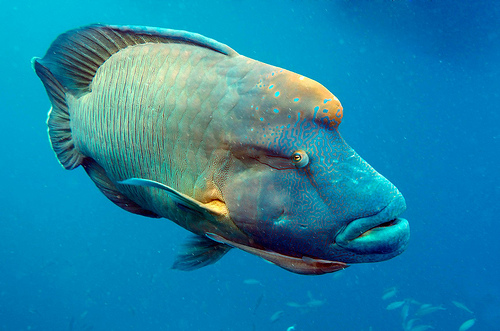
(image: Ben Southall)
9. Avoid the fog.
“Operating a battery-powered device underwater generates heat; seal that in a housing and plunge it into cold water and it’ll fog up pretty quickly, ruining your footage. You can buy special anti-fog inserts at a ridiculous price but I simply buy a chamois leather, cut out small squares and drop them inside the housing to absorb any moisture. Wash it once and dry it in a low-heat oven to increase its effectiveness even more.”
10. GoPro isn’t the only Action Cam on the market!
This is where V&F chime in. GoPro’s are great cameras but they aren’t the only great cams that come in small sizes. It wasn’t so long ago that people seemed to think an iPhone was the only smart device (or are we just showing our age here?) they were soon superseded by the larger, cheaper Android-based phones. We recently ran a review of all the big brand action cams (you can read that here – The Ultimate Action Cam Shootout), the results of which showed the Sony AS100 and Drift GhostS took better underwater images, with the ReplayXD Mini 1080 showing it’s not to be trifled with either. Most new action cams come with underwater housing too, both the Sony and Replay have one included in their purchase price. So if you’re in the market for an action cam, it’s a good idea to have a look at the competition before just immediately buying a GoPro.

Ben taking a much needed break from all that hard work.
Check out some of Ben’s videos during his time on the island.
Feature image: Jo Muskus

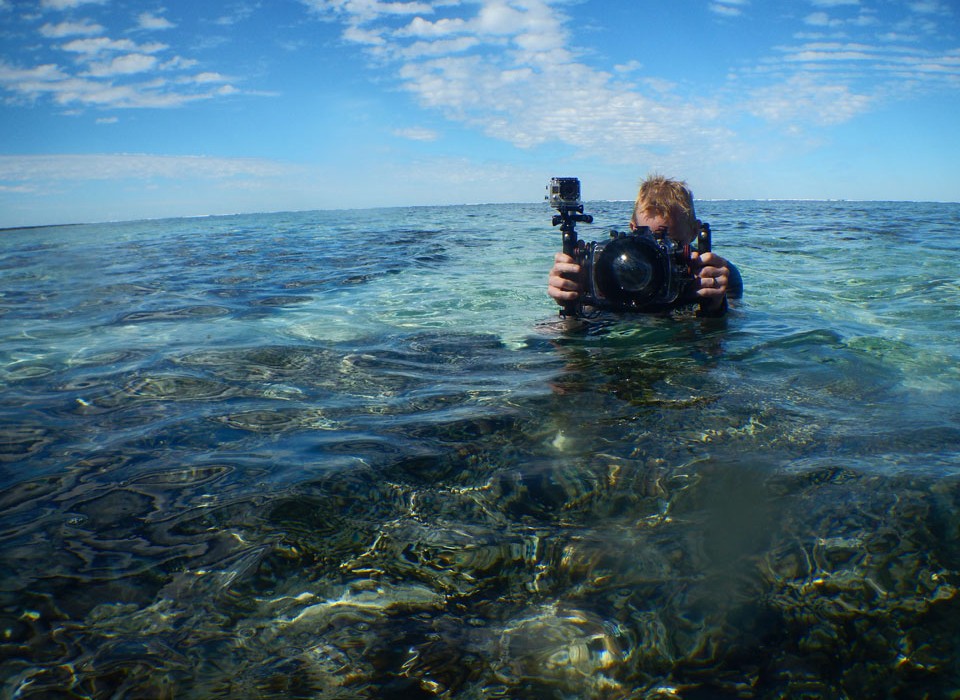



Austen Clement
Great article, thanks! It was nice to get tips from someone who clearly has a lot of experience with using the GoPro underwater
Video&Filmmaker
Yea, spending that long using it underwater sure gave him plenty of insight.